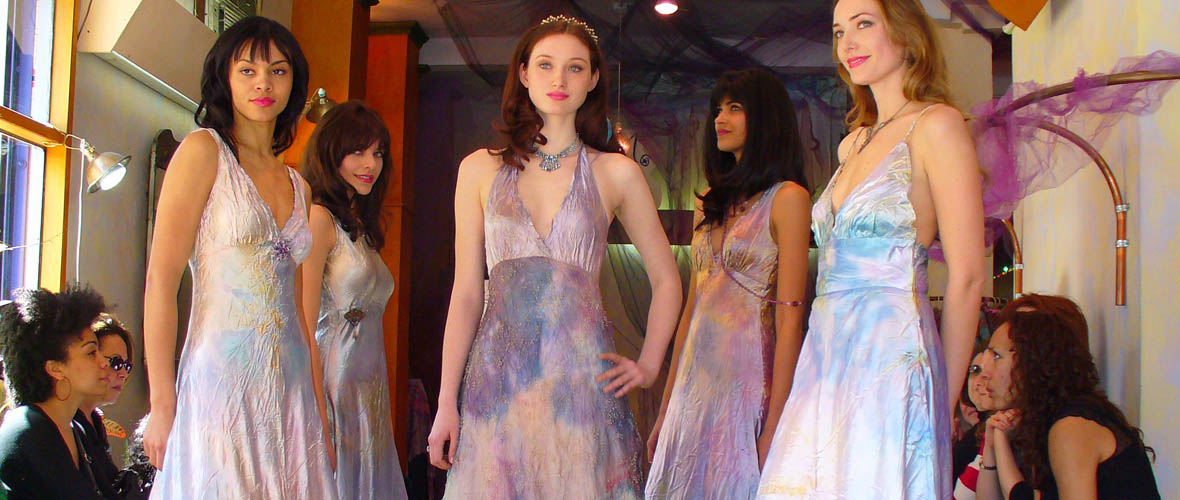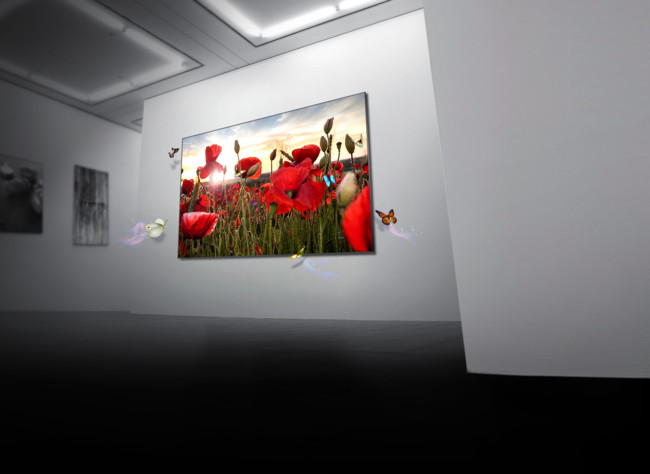Public art comes in no particular ‘form’ and can be either massive or tiny, abstract or realist. It can be painted, carved, sculpted or constructed and its purpose can be anything from expressing community values to questioning the way we view our surroundings. It is truly art for everyone and is a chance for the artist to reflect on his or perspective of time, place and human values. So, why do we install works of public art and who appreciates them?
Not all public art will appeal to everybody and nor should it. Attention that is attracted from art installations can either be positive or negative and can often cause controversy. Think of the current feelings towards Banksy, the anonymous street artist. Some call it genius but others believe all examples of street art are criminal acts of graffiti. Public art inspires debate from all involved parties, the public, council leaders, politicians, art funding agencies and the artist. For your own outdoor artistic displays, why not think about corten metal garden sculptures. For more information, visit http://www.afsculpture.uk/portfolio_page/corten-metal-sculptures/
Displaying works of public art is part of our history and culture and reflects our values and society. An artist will attempt to convert their inner visions into an expression that represents the public’s experience of the world. Examples of public art can be found dating back many thousands of years. Stonework was the first material used for displays of public art and this includes funeral monuments, stone circles, statues and religious sculpture. Architectural sculpture is also considered to be an example of public art.
Any form of painting, stained glass windows, installation and even contemporary art can be viewed as in the public eye if it appears outside or in a setting that is freely accessible to anyone. They can be temporary or permanent displays and often appear in public spaces like parks, squares, city centres, pedestrian walkways, outside council buildings, law courts, museums, libraries or transport hubs like train stations and airports.
The first forms of public art were found in Ancient Greek cities as the Greeks were great proponents of the virtues of religious and social artworks. Of course, statues and depictions of leaders were also used by the Roman Empire to instil loyalty to Rome and Emperor and as a form of propaganda, public art was also used by both the Pagans and the Christian Church. The Renaissance of medieval Europe which included glorious works of art, sculptures and magnificent cathedrals being built had huge effects on religion, cultural and social thinking and writing of the time. The Italian Renaissance, in particular, was the golden age of public art.
Traditional art can be seen in our towns and cities as traditional bronze memorial sculptures, architectural design and mural on walls. More contemporary themes might include specially commissioned street art, uniquely designed architecture for modern buildings or sculptures made from non-traditional materials. Public art can also be found in vast quantities in every art gallery and museum open to the public, right across the world.











